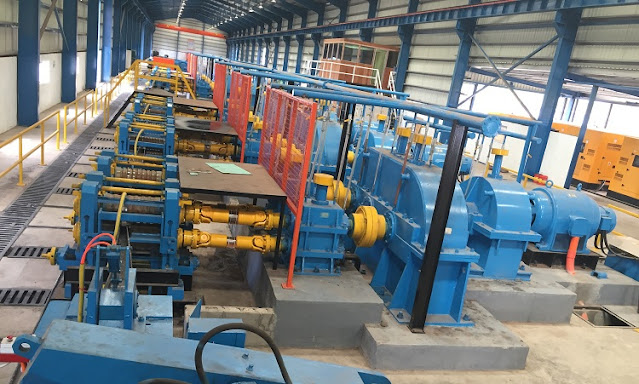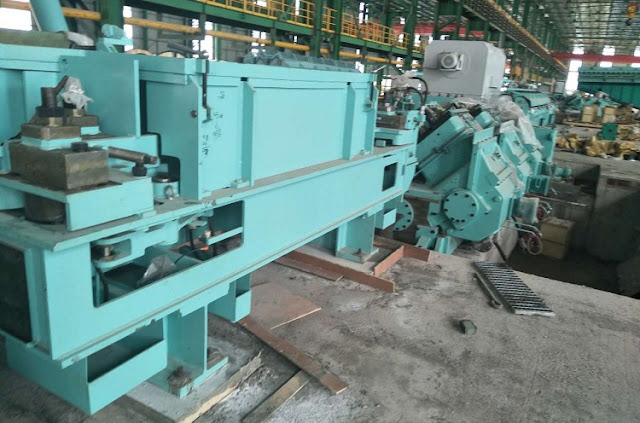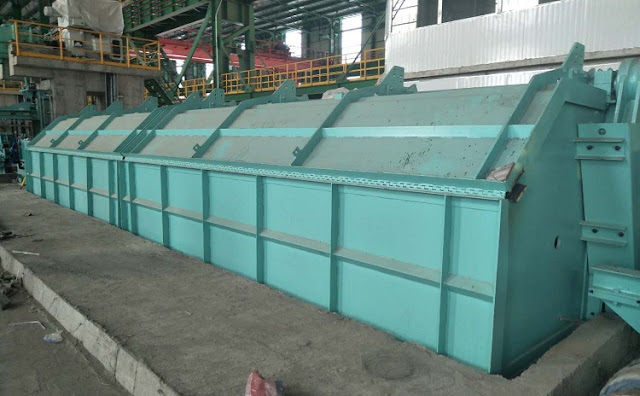The Usage Of Water In Rolling Mill Machines
With the development of the steel industry, more attention is paid to the protection of mechanical machines, such as roughing machines, reversible rolling mills, pre-finishing rolling mills, finishing rolling mills, and wire-rod mills. Therefore, most of the water used in the iron and steel industry is used for cooling, protecting equipment, and improving the working conditions of the employees. The Health and safety of the employee require dust control, which is commonly accomplished by sprinkling water on floors and machines.
Water use in all types of hot rolling mills is mainly for scale removal and temperature control. When steel is heated to the high temperature desired for hot rolling, its surface is oxidized and a hard scale is formed. If not removed before rolling, this scale would be rolled into the steel and would cause surface defects. A common method of scale removal is to spray water under a pressure of as much as 2,000 psi (pounds per square inch) against the steel immediately before it enters the rolls.
Cooling water is sprayed on the rolls during hot rolling to prevent distortion and reduce erosion of the roll surfaces. Because considerable heat is produced by the rolling processes, water also serves to keep the steel at its proper rolling processes. Upon emergence from rolling mills, steel may be sprayed with water to hasten cooling. This spray prevents excessive scale formation. Roll bearings also require cooling. Spent cooling water flows to the scale pit along with that used for scale removal and may be reused after clarification and cooling.
Please contact stella@hanrm.com for a quotation.
And free send inquiries to us.
Email: stella@hanrm.com stellarollingmill@gmail.com
Whatsapp/Wechat:+8615877652925



























